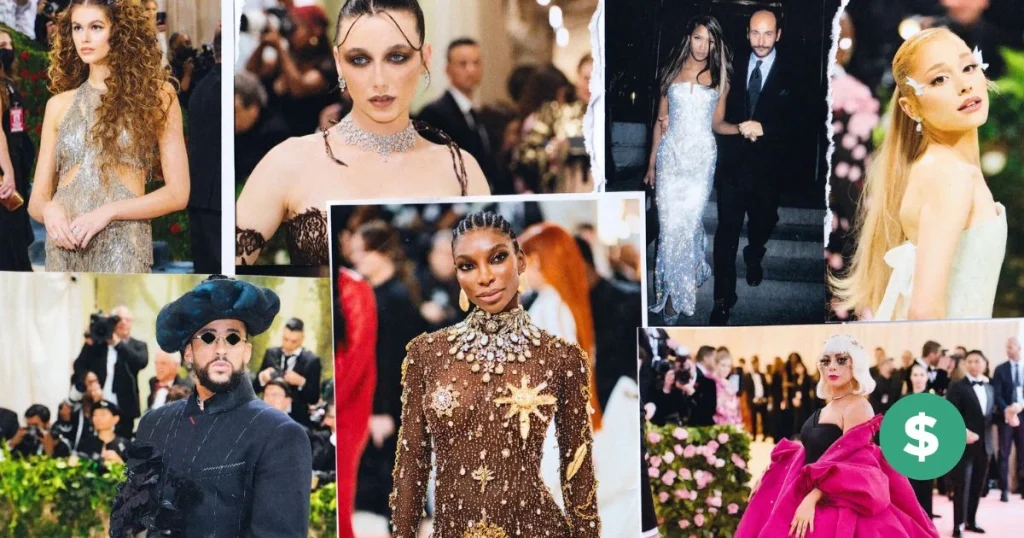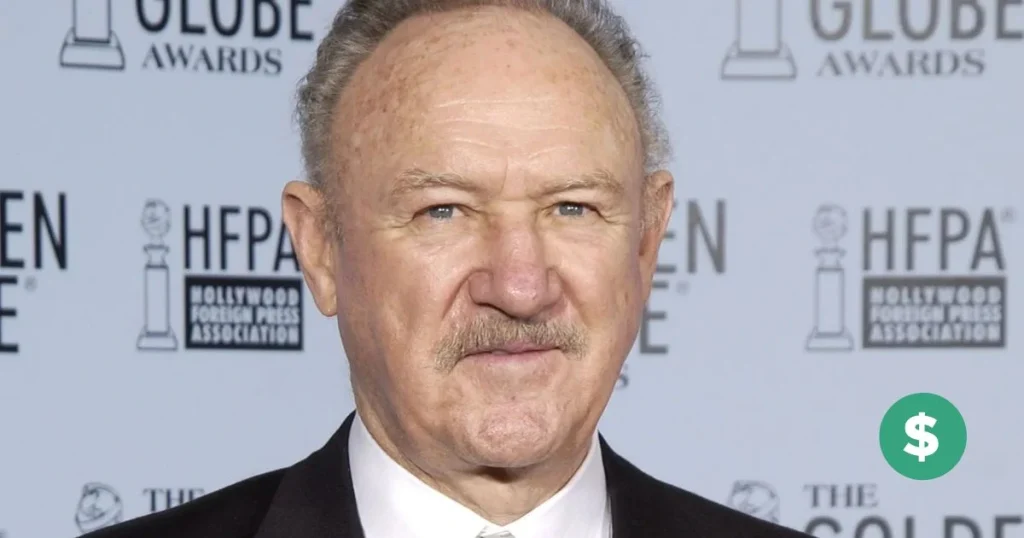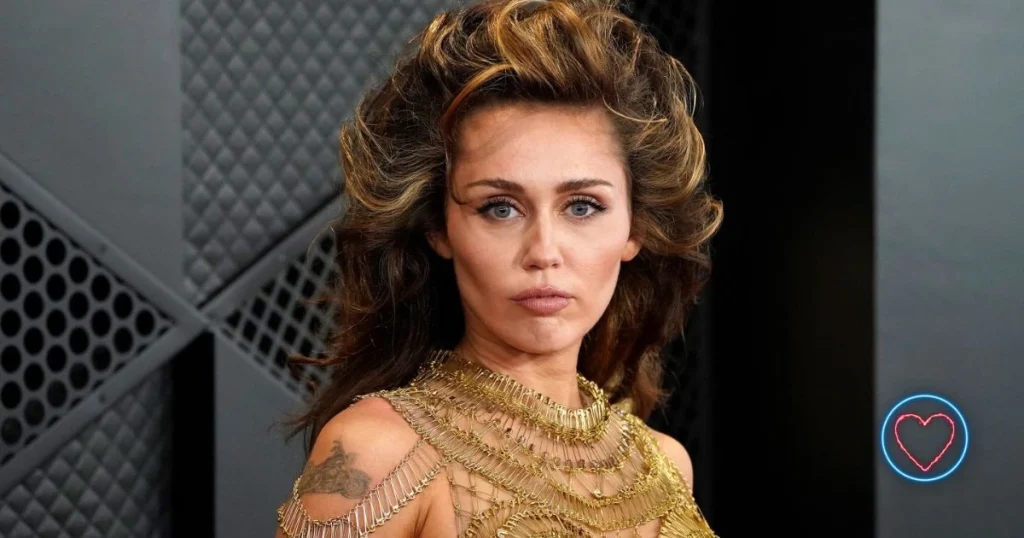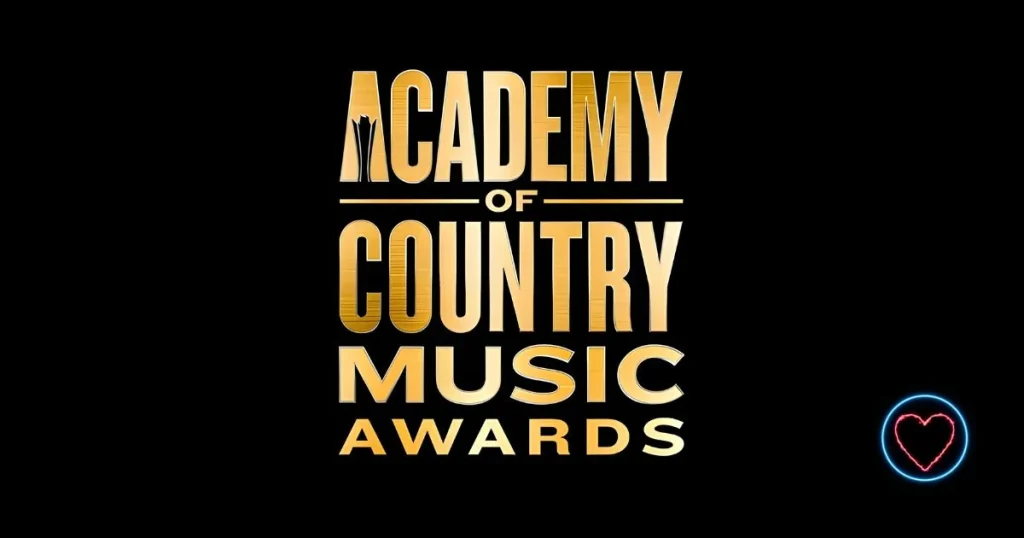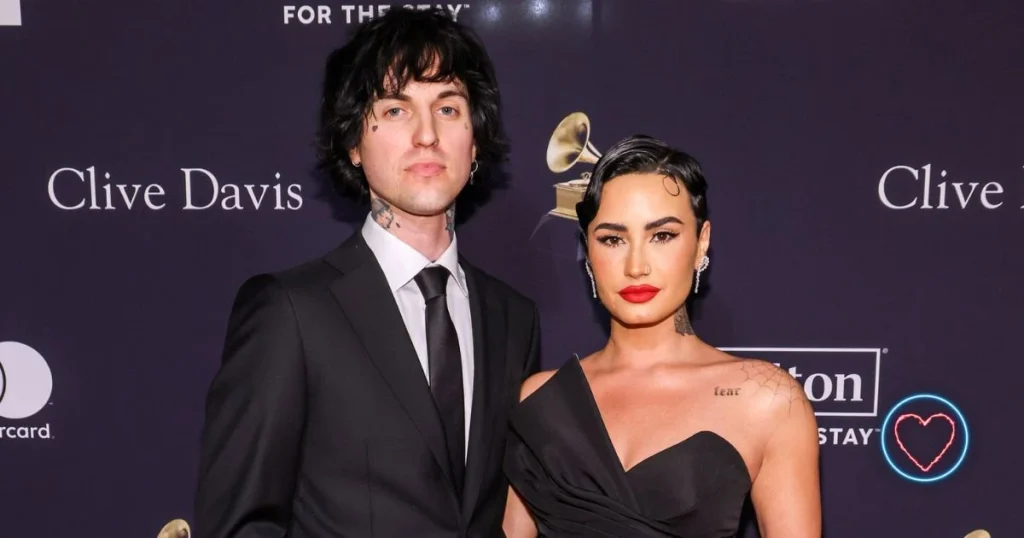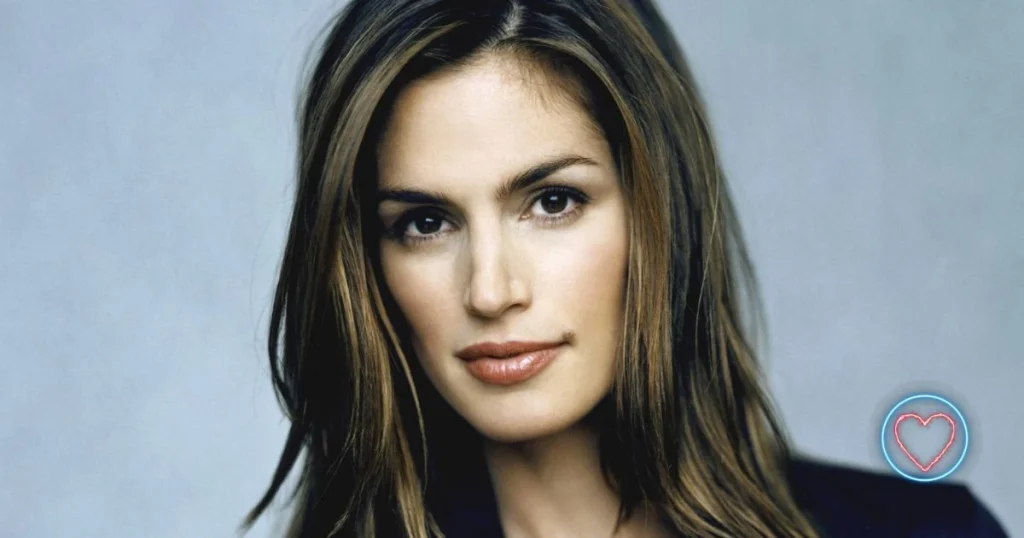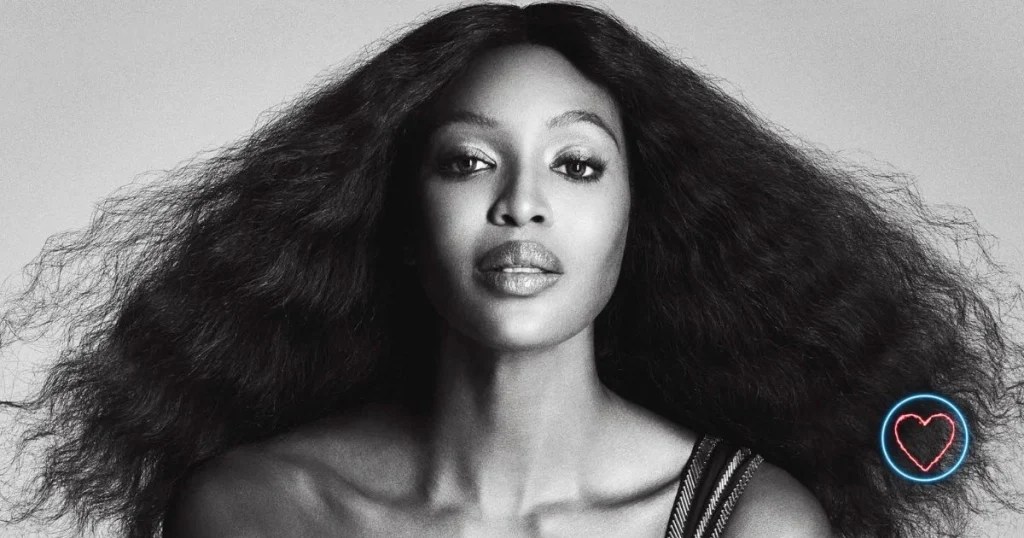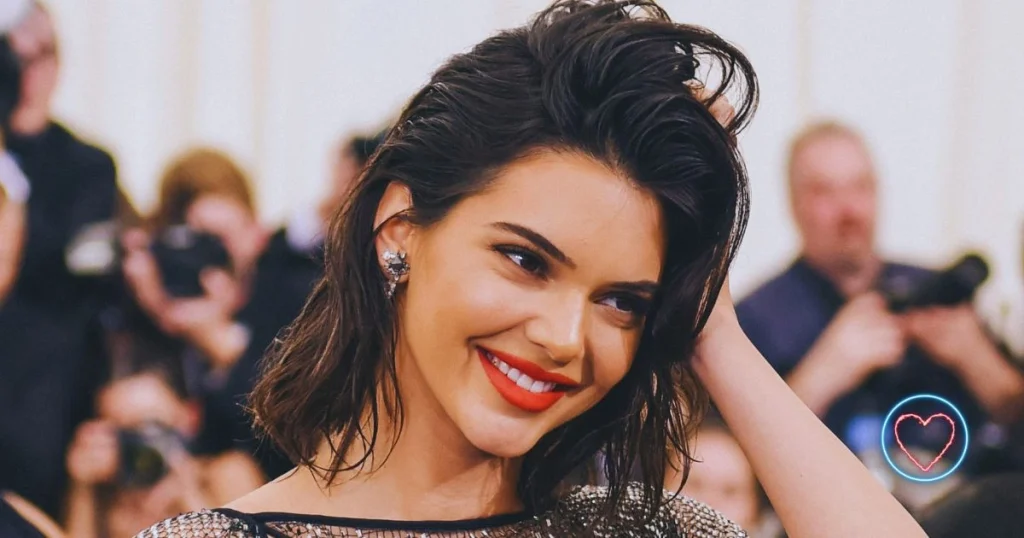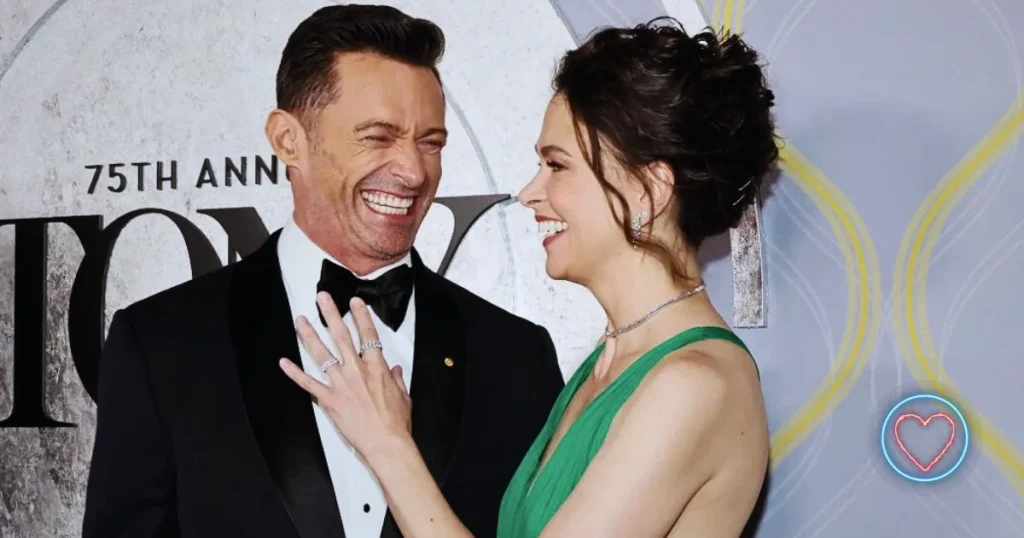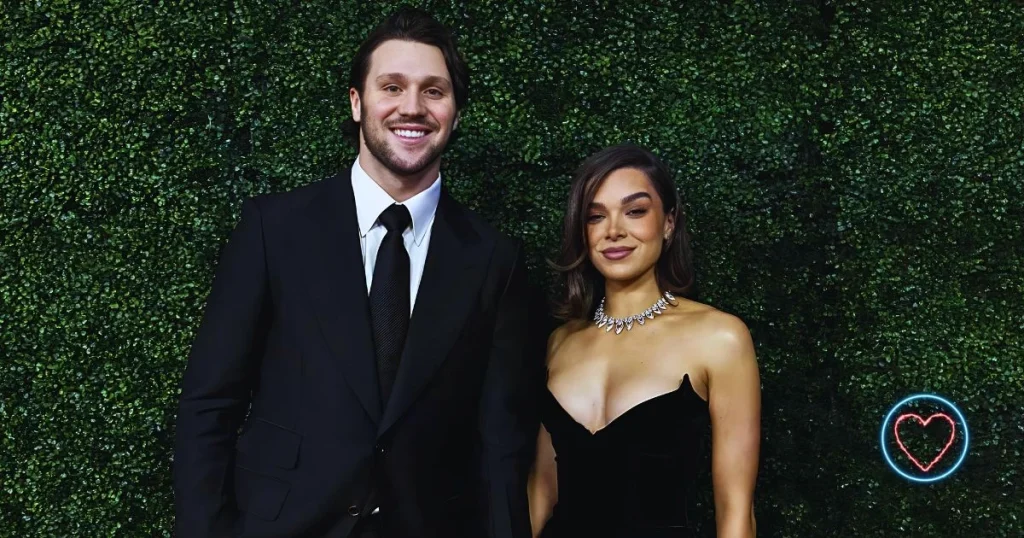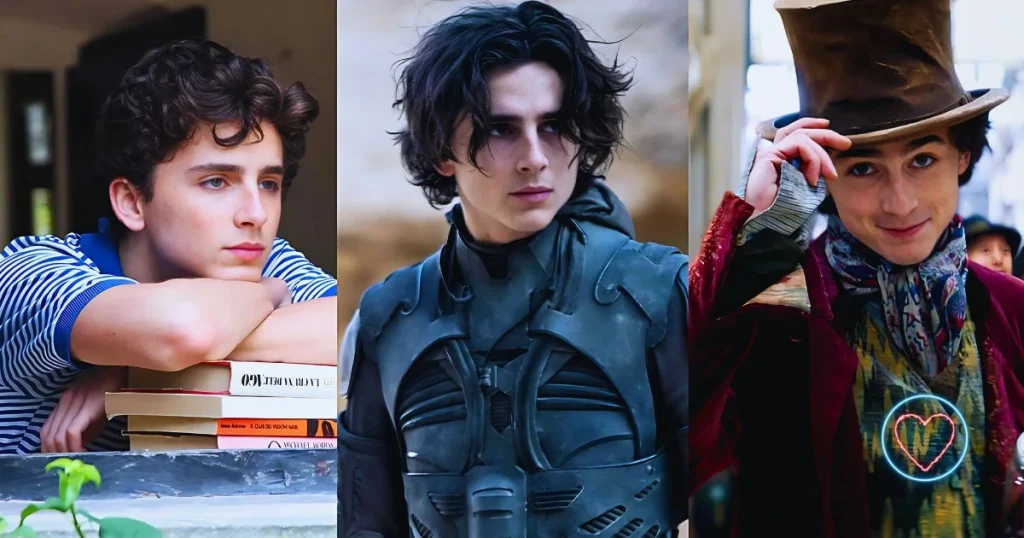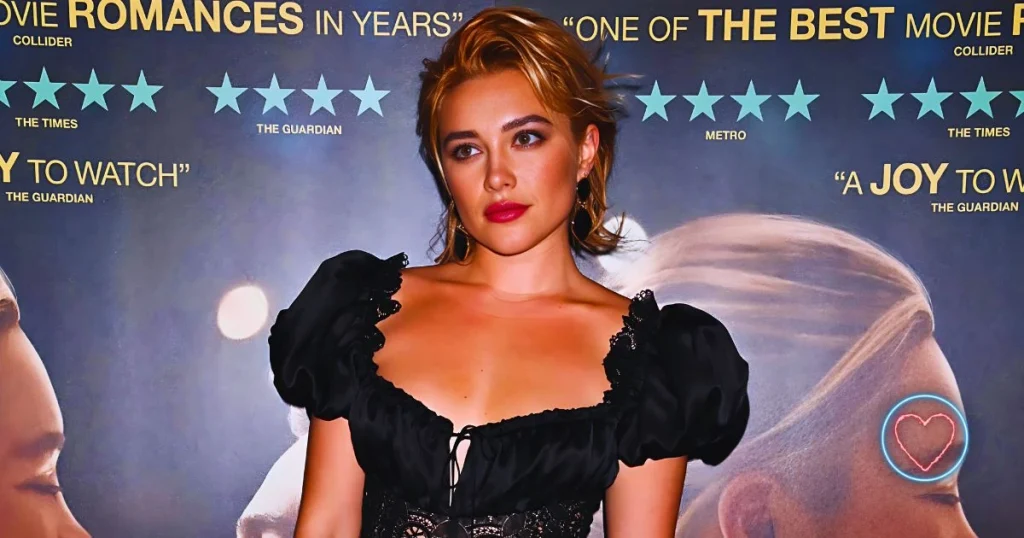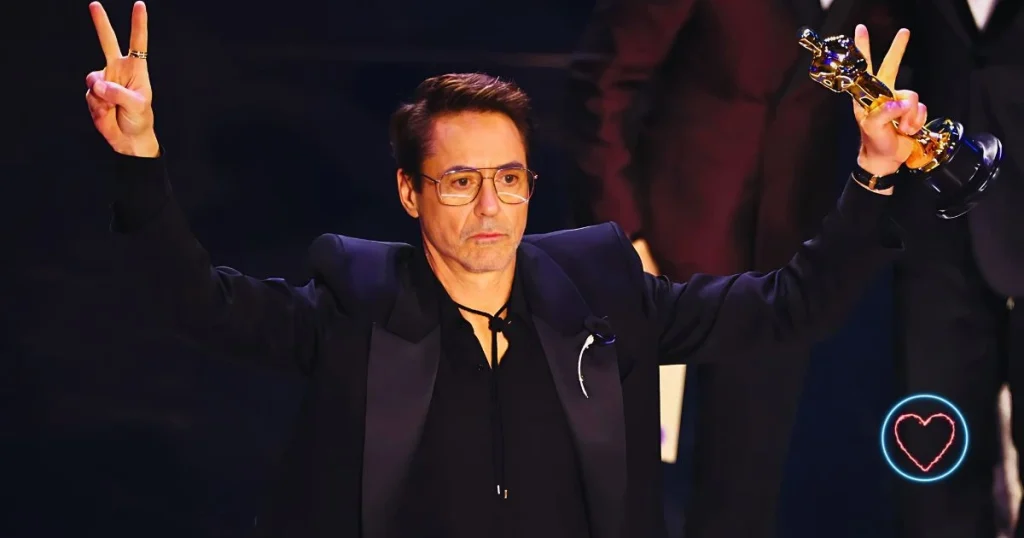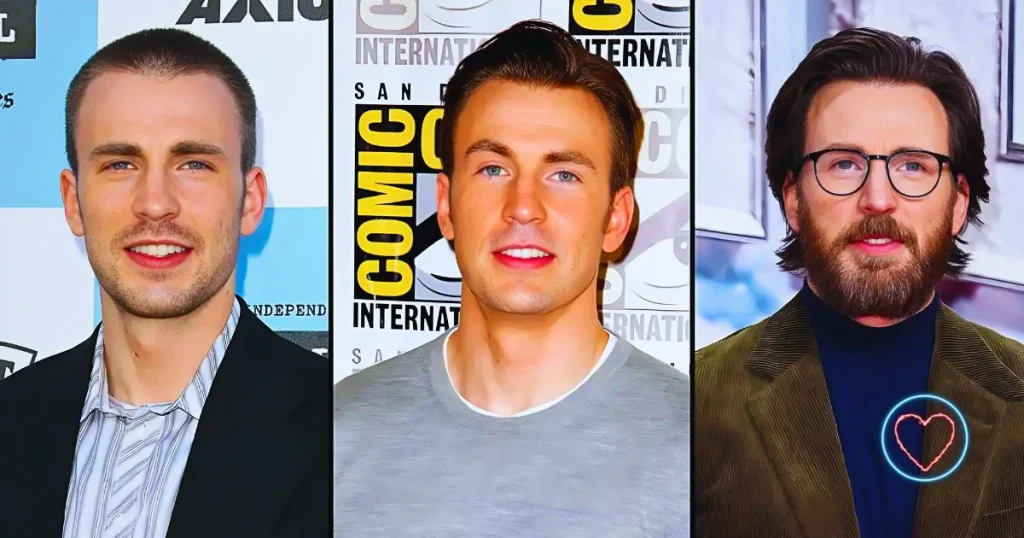The Met Gala, also known as the Metropolitan Museum of Art Costume Institute Gala, is an iconic event in the fashion world that blends the worlds of art, culture, and high fashion. Held annually on the first Monday of May, the Met Gala serves as the grand fundraiser for the Costume Institute’s annual exhibition. However, the significance of the event extends far beyond its role as a fundraising gala. It has evolved into a global spectacle, one where the worlds of fashion, entertainment, and art collide in a breathtaking display of creativity and innovation.
In this article, we will explore the history of the Met Gala, its cultural and social significance, the memorable fashion statements that have defined it, and how it has become a major influencer in fashion today.
The Origins of the Met Gala
The roots of the Met Gala date back to 1948 when it was first conceived by fashion publicist Eleanor Lambert. Initially, it was intended to be a modest affair aimed at raising funds for the Costume Institute at the Metropolitan Museum of Art in New York City. The event, which was initially a dinner, has since evolved into one of the most anticipated events on the fashion calendar.
The first Met Gala was a small gathering of New York’s elite, including designers, socialites, and philanthropists. The guest list was carefully curated, and the dress code was more understated compared to what we see today. Over the years, as the fashion industry grew in prominence and influence, the Met Gala’s stature grew alongside it.
One of the pivotal moments in the history of the Met Gala occurred in 1972 when the event moved from being a local New York City gathering to a national affair. This shift was largely due to the involvement of Diana Vreeland, a legendary editor of Vogue and former curator of the Costume Institute. Her creative vision brought an air of glamour to the event, and her influence helped solidify the Met Gala’s role as a key fixture in the fashion industry.
The Costume Institute and Its Exhibitions
The Met Gala’s connection to the Costume Institute is an essential part of the event’s appeal. Every year, the gala serves as the launch party for the Costume Institute’s annual fashion exhibition, which typically features the work of a renowned designer or explores a particular theme related to fashion history. This combination of art and fashion is one of the defining aspects of the Met Gala.
The Costume Institute’s exhibitions are highly anticipated in their own right, attracting the attention of fashion insiders, historians, and art enthusiasts alike. The themes of these exhibitions can range from the history of a particular designer’s body of work to explorations of the cultural significance of fashion in various historical periods. Some notable past exhibitions include “Alexander McQueen: Savage Beauty,” “China: Through the Looking Glass,” and “Heavenly Bodies: Fashion and the Catholic Imagination.”
These exhibitions highlight the intersection between fashion and culture, elevating clothing to the status of art. The theme of each year’s exhibit also dictates the gala’s dress code, providing attendees with an opportunity to showcase their creativity while adhering to a broader cultural narrative.
Fashion Statements and the Red Carpet
Arguably, the most anticipated aspect of the Met Gala is the fashion on display. Over the years, the red carpet has become the ultimate stage for fashion designers, celebrities, and influencers to make bold, memorable statements. Each year, the theme of the gala offers a different challenge, pushing attendees to interpret and express the theme through their fashion choices.
The Met Gala red carpet has witnessed some of the most iconic fashion moments in history. From the over-the-top couture creations to the subtle, yet elegant outfits, the event offers a stage for boundary-pushing designers and daring celebrities. The influence of social media, especially Instagram, has amplified the event’s reach, turning the red carpet into a global spectacle that is followed by millions of viewers around the world.
One of the most memorable Met Gala moments was in 2015, when Rihanna stole the show in a custom yellow gown by Guo Pei. The extravagant dress, with its intricate embroidery and dramatic train, left a lasting impression on the fashion world and became one of the most iconic looks in Met Gala history.
Another unforgettable Met Gala moment occurred in 2018 when Katy Perry arrived wearing a chandelier-inspired Versace dress, complete with a lit-up headpiece. The bold, theatrical nature of Perry’s outfit perfectly embodied the “Heavenly Bodies: Fashion and the Catholic Imagination” theme, showcasing the Met Gala’s penchant for high-concept, avant-garde fashion.
More recently, in 2021, Billie Eilish made a statement in a Gucci gown that paid homage to Old Hollywood glamour. The green, vintage-inspired dress, paired with a dramatic corset, perfectly matched the “In America: A Lexicon of Fashion” theme and further cemented Eilish’s status as a fashion icon.
The Influence of Celebrities and Designers
The Met Gala is a collaboration between fashion designers, celebrities, and influencers, each playing an important role in shaping the event’s impact. Designers are often commissioned to create custom pieces for celebrities, and the resulting outfits serve as both personal expressions of style and a reflection of the theme of the evening.
The partnership between celebrities and designers has been instrumental in elevating the Met Gala’s prominence. For designers, the Met Gala is an opportunity to showcase their work to a global audience, potentially increasing their brand visibility. For celebrities, attending the Met Gala in a custom couture dress has become a coveted opportunity to make a fashion statement and assert their influence on the fashion world.
The Met Gala has also become a launchpad for emerging designers. Up-and-coming names have had the chance to dress major celebrities for the event, helping them gain recognition in the competitive fashion industry. For instance, designer Christopher John Rogers gained significant attention after dressing celebrities like Kerry Washington for the Met Gala, propelling his career to new heights.
The Met Gala and Pop Culture
The Met Gala has transcended the world of fashion to become a pop culture phenomenon. It is no longer just an event for fashion insiders; it has become a must-watch for millions of people around the world, with media outlets, bloggers, and influencers covering every detail of the night. Social media platforms, particularly Instagram and Twitter, have become a primary source of real-time commentary and analysis, with users offering their opinions on the outfits, the theme, and the overall atmosphere of the event.
The Met Gala has also become a point of reference for fashion trends. Outfits worn on the red carpet often spark a wider trend in the fashion world, with designers and brands taking inspiration from the bold looks that emerge during the event. The influence of the Met Gala extends beyond just the night itself; it shapes the discourse surrounding fashion throughout the year.
The Impact of the Met Gala on Fashion Industry Trends
The Met Gala’s ability to shape trends is not limited to the outfits seen on the red carpet. The gala’s themes often influence broader fashion trends, with designers drawing inspiration from the exhibit’s themes and the cultural discussions that surround it. For instance, the “China: Through the Looking Glass” exhibition in 2015 influenced a wave of fashion collections that incorporated Chinese motifs and aesthetics.
Similarly, the “Camp: Notes on Fashion” theme in 2019 sparked a fascination with exaggerated, playful, and flamboyant fashion. Designers like Alessandro Michele for Gucci and Jeremy Scott for Moschino embraced the camp aesthetic, which is defined by its extravagant and often ironic take on style. The Met Gala’s focus on the theme inspired an entire season of fashion collections that embraced bold, eccentric, and theatrical elements.
The Future of the Met Gala
As the Met Gala continues to evolve, its influence on the fashion industry shows no sign of waning. With its ability to merge art, culture, and fashion, the event will undoubtedly remain a touchstone in both the worlds of fashion and celebrity. The future of the Met Gala may see even more creative and daring collaborations between designers and celebrities, as the event continues to push the boundaries of fashion expression.
Additionally, as the role of social media in shaping public opinion and cultural narratives grows, we can expect the Met Gala’s reach to expand even further. The event will continue to be a platform for cultural commentary, with attendees using the red carpet to make personal, political, and artistic statements that resonate beyond the fashion world.
Conclusion
The Met Gala is not just a celebration of fashion; it is an intersection of art, culture, and celebrity. From its humble beginnings as a fundraising dinner for the Costume Institute to its status today as a global spectacle, the Met Gala has become an event that defines the boundaries of fashion and creativity. The red carpet serves as the ultimate stage for designers and celebrities to showcase their most daring, innovative, and thought-provoking fashion choices. As the event continues to influence both the fashion industry and popular culture, it will remain a cornerstone of the fashion world for years to come.
